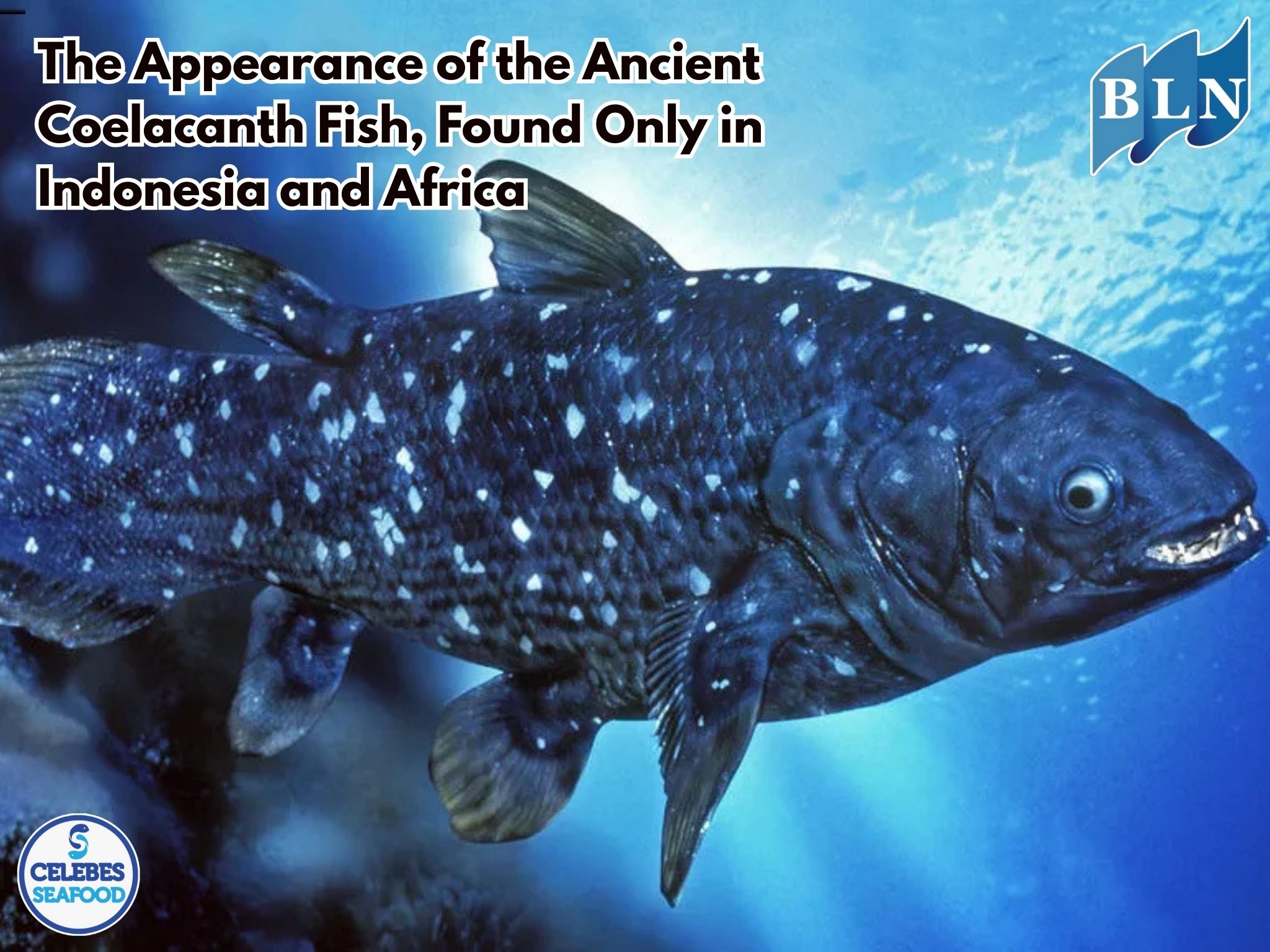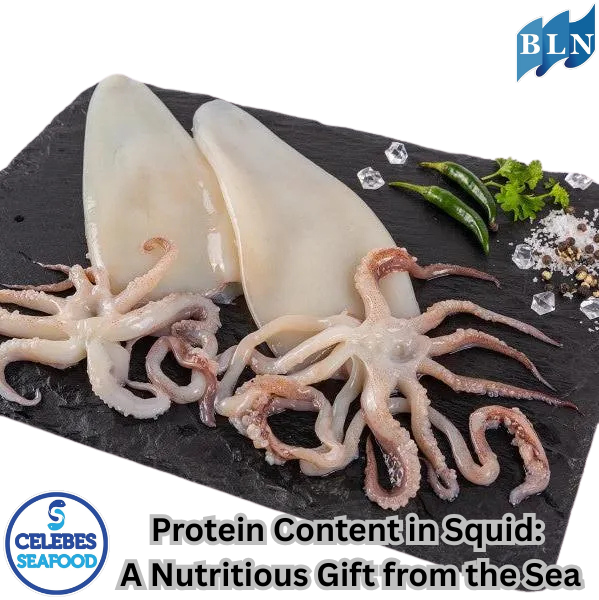The Dangers of Bacteria in Tuna Fish
By. Azizah - 21 Aug 2025
lautnusantara.comTuna (Thunnus spp.) is one of the most valuable fishery commodities widely consumed worldwide, whether fresh, frozen, or processed. However, as a highly perishable product, tuna is very susceptible to bacterial contamination. The presence of pathogenic bacteria in tuna not only reduces its quality and freshness but can also pose serious health risks to consumers. Therefore, understanding the types of bacteria, their impacts, and preventive measures is crucial to ensure the safety of tuna-based food.
Types of Bacteria Commonly Found in Tuna
-
Salmonella spp.
This bacterium can contaminate tuna through water or poor hygiene during handling. Salmonella infection causes symptoms such as diarrhea, fever, and food poisoning. -
Escherichia coli (E. coli)
The presence of E. coli in tuna usually indicates fecal contamination. Some strains of E. coli are pathogenic and can cause severe digestive disorders. -
Vibrio spp. (Vibrio parahaemolyticus, Vibrio vulnificus)
These bacteria are commonly found in marine environments. Vibrio infection may cause diarrhea, nausea, vomiting, and in severe cases, bloodstream infections. -
Clostridium botulinum
This anaerobic bacterium can produce a highly dangerous toxin (botulinum toxin). If tuna is not properly stored, this toxin may develop and cause botulism, which can be fatal. -
Histamine-Producing Bacteria
Some bacteria, such as Morganella morganii and Klebsiella spp., can produce histamine in tuna flesh. Histamine accumulation causes scombroid poisoning, a foodborne illness with allergy-like symptoms such as rashes, itching, and headaches.
Health Impacts
Bacterial contamination in tuna can lead to various health problems, ranging from mild food poisoning to severe infections. Common symptoms include diarrhea, abdominal cramps, nausea, vomiting, fever, and allergic-like reactions. In severe cases, such as botulism or Vibrio vulnificus infection, complications can be life-threatening.
Prevention and Handling
-
Hygienic Handling: Tuna must be caught, handled, and processed under strict sanitation standards.
-
Cold Storage: Tuna should be stored immediately at low temperatures (0–4°C) or frozen to inhibit bacterial growth.
-
Proper Cooking: Cooking tuna thoroughly can eliminate most pathogenic bacteria.
-
Quality Control: Microbiological testing is necessary, especially for tuna intended for export.
If you are interested in our OCTOPUS WHOLE CLEANED BALL TYPE, OCTOPUS WHOLE CLEANED FLOWER TYPE please do not hesitate to contact us through email and/or whatsapp.
.jpg)






